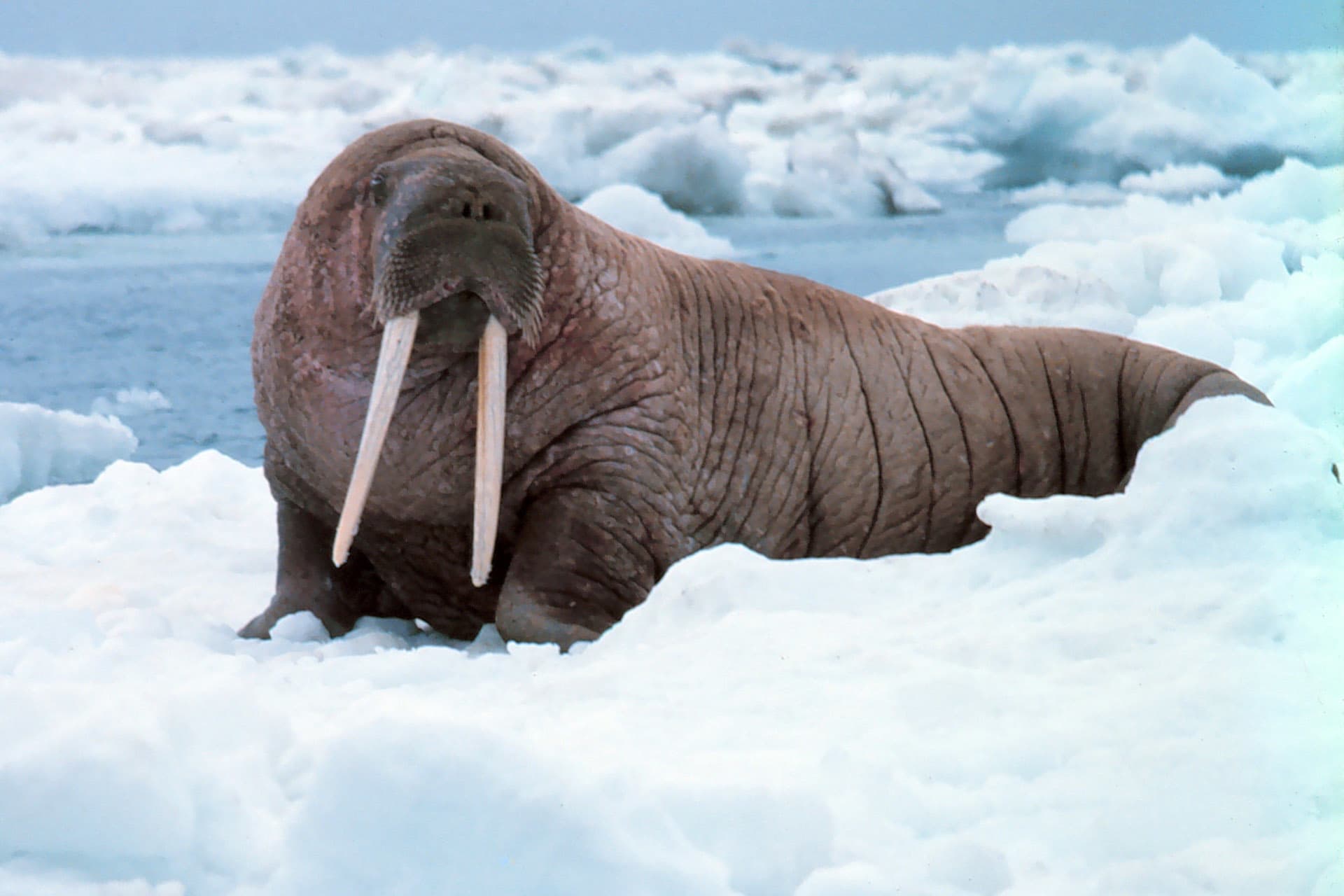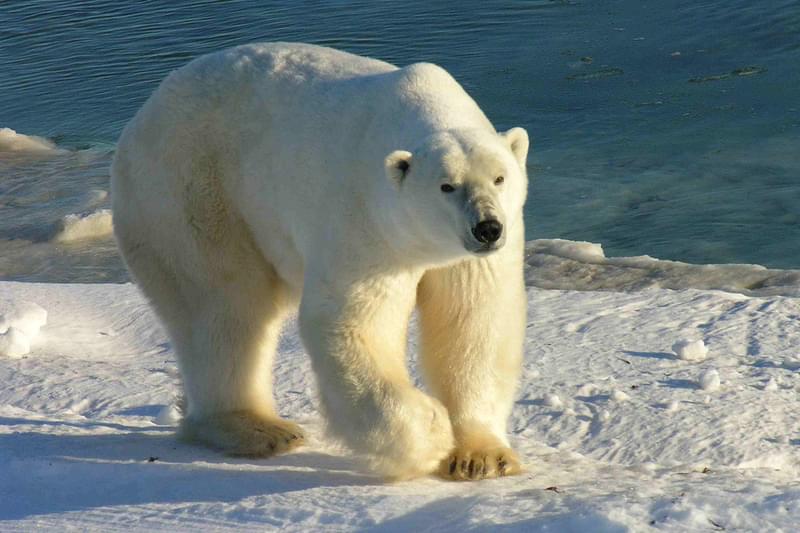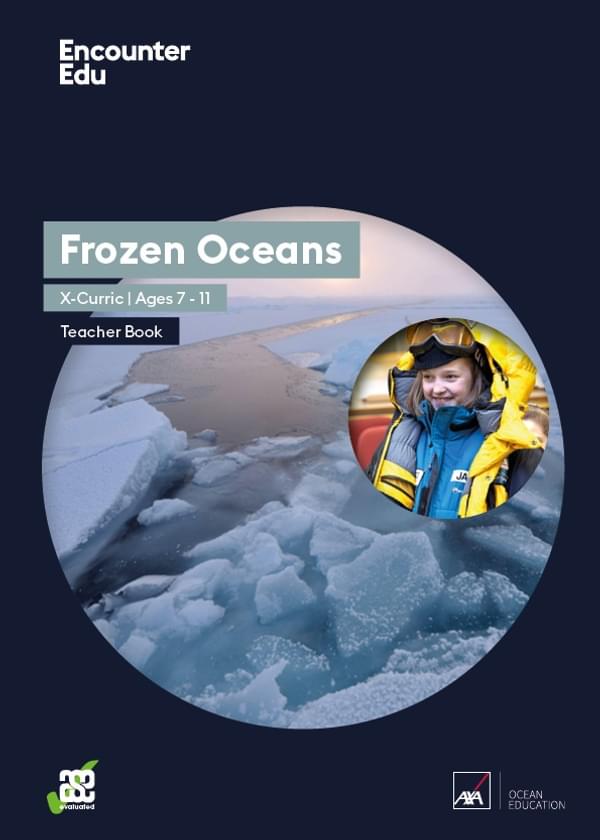Blubber gloves
 NOAA - National Oceanic and Atmospheric Administration
NOAA - National Oceanic and Atmospheric Administration
Imagine what it would be like to live in a really cold place like the Arctic? Brrrr! How would you keep yourself warm? Your mission is to pretend to be an animal in the Arctic and find out whether a layer of fat can really keep out the cold. This activity relates to the topics of insulation and adaptation.
Ages 8+
(adult supervision)
15 minutes
Part of:
AXA Ocean EducationAnimals like walrus and polar bears can’t wear warm clothes so they grow a thick layer of fat, or blubber, to keep out the cold. Imagine you are one of them and follow the steps below. Be aware: this will get messy!
There are two ways of doing the activity.
Activity steps - the messy way
- Fill a large container with lots of ice and water.
- Put one hand in the cold water and time how long you can keep it there before the cold becomes unbearable.
- Make a note of the time you lasted.
- Now smear your hand with lots of fat and repeat the experiment, timing how long you can keep your fatty hand in the water.
- Compare the two times.
Activity steps - the clean way
- Fill a large container with lots of ice and water.
- Put one hand in the cold water and time how long you can keep it there before the cold becomes unbearable.
- Fill one of the bags or gloves two thirds full with fat.
- Put one of your hands in another bag or glove then push it into the fat filled-bag or glove. Hey presto! A blubber glove.
- Roll the ends of the bags or gloves together and seal with tape to stop any fat escaping.
- Put your blubber glove in your freezing cold water and compare times as before.
Reflection
- How many Arctic animals can you think of that use blubber to survive in this cold environment?
- What other adaptations do Arctic animals use to stay warm? Can you think of characteristics that Arctic animals share to insulate themselves against the cold?
- What are the similarities and differences in which humans and other animals stay warm in the Arctic?
Further ideas
You can develop the ideas in this activity further using some of the teacher resources. There is a whole lesson designed for use at home and in the classroom How do humans and animals keep warm in the Arctic? suited for ages 7-11.
Safety guidance
- Check that any fat being used is culturally appropriate and will not trigger any allergies.
- Do not hold your hand in the water for more than one minute.
- Take your hand out of the water if it starts to feel painful.
Brought to you by


